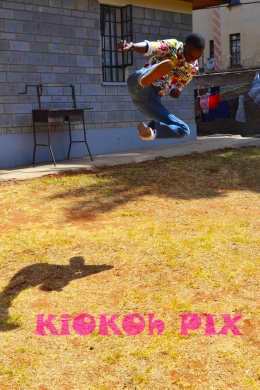Similar Synthetic Drugs
The two intoxicants in the plant are cathinone and cathine. They are similar to but milder than amphetamine. In the last several years, synthetic forms of this drug have become popular and dangerous. Synthetic cathinones are very often the types of drugs found in “bath salts.” They are far stronger in their synthetic forms. Mephedrone, methylone, methcathinone and MDPV (3,4-methylenedioxypyrovalerone) are all illicit synthetic drugs in this class.
Addiction Doesn’t Always Involve an Illegal Drug
There are plenty of people who are addicted to substances that can be purchased legally. Alcohol, for example, is legal for an adult to purchase. A person abusing inhalants can become addicted to common household chemicals. And in other cases, it takes time for a drug to be outlawed in a state or country, once its dangerous properties are recognized. Therefore, khat use in a country in which it is not illegal can still be damaging to the individual who can’t stop using it despite harm being done to his life, relationships or future.
Even if khat is used in accepted social situations, if a person stops being able to be successful in life, if he neglects goals that are important to him or stops caring for responsibilities that he once held dear, such as his career or family, then the chances are very good that this person needs help to leave khat abuse behind.
The Narconon drug and alcohol rehabilitation program can help a person addicted to khat, just like it helps an alcohol or heroin addict. The drug does not matter, because the pattern of addiction is very similar from one person to the next. The generally eight to ten week Narconon rehab program has an excellent record of helping those addicted to any substances find lasting sobriety and a return of interest in those things that really matter to him or her.
KHAT Dosing
The appropriate dose of khat depends on several factors such as the user’s age, health, and several other conditions. At this time there is not enough scientific information to determine an appropriate range of doses for khat. Keep in mind that natural products are not always necessarily safe and dosages can be important. Be sure to follow relevant directions on product labels and consult your pharmacist or physician or other healthcare professional before using.
Psychoactive and mental health effects
The increased energy level and enhanced mood from khat use led some users to suggest that khat is a useful treatment for depression: “We use it for remedy and it doesn’t cost the government” (Somali woman, Melbourne). Conversely, commonly identified psychological health problems such as disrupted sleep patterns, low mood and irritability were reported to occur after the effects of khat had worn off.
A minority of participants identified a link between heavy khat use and more severe mental health problems:
It’s a very major source of madness, of craziness. People are alright if they stop it, they can come back alright . . . but when you overuse it, and overuse it, that’s when you come to this situation. (Somali man, Perth.)
The general view of participants in to a proven survey was that people do not become more violent upon using khat, although some participants reported domestic violence linked to khat use. Many participants
TO BE CONTINUED……….











 You may write me down in history w
You may write me down in history w
 I cannot ease your aching heart,
I cannot ease your aching heart,